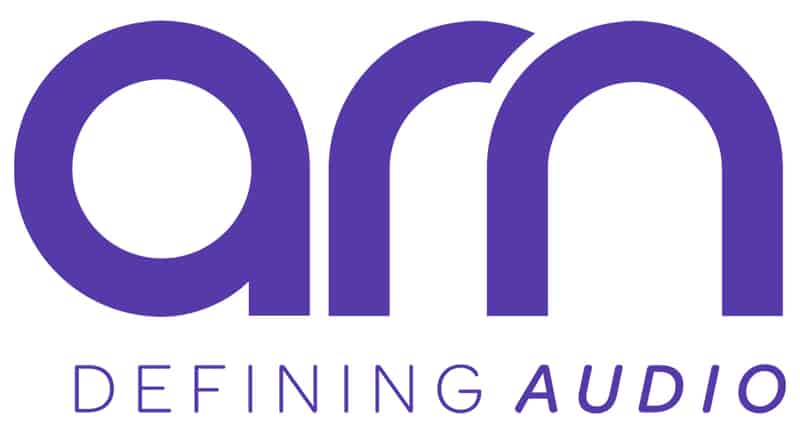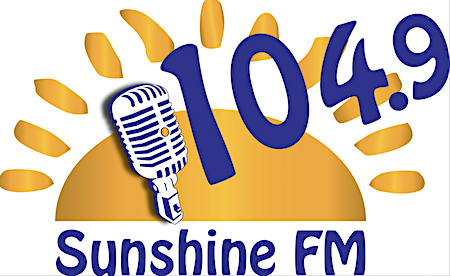4×4 Programming: The 20 Minute Test
Recent discussions on Radio Today have focussed on how long it takes to make your point, whether it's your ACRA entry (here) or personality content. Edit then edit again, Craig Bruce's #5 lesson (here).
As numbers are crunched post-Survey 3, shows analysed, and strategies, tactics and music clocks stormed on the whiteboard, here's a practical technique for distilling your essence sound into 20 Minutes.
For example, in a typical commercial music station, 9-5 workday scenario.
The 20 Minute Test means you should be able to pluck out any 20 minute block, and hear the complete range of your station's music mix, positioning, promotion, marketing and content offering.
Too restrictive? Haven't we got the entire workday to tell our story, when there's long Time-Spent-Listening? Won't people will get irritated by too many repetitive messages, and why we have No Repeat Workdays?
The Real World
Is more complex.
In the survey diary system, listeners credit long strings of workplace quarter-hours to one station, for the entire time.
But consider the fundamental dichotomy of situational radio listening. The radio left on all day passively in the background vs. short-term, active flicking between stations when given the opportunity.

And what about those that spend most of 9-5 in a vehicle as their workplace? Perfect place to channel-surf, including "phantom" (unreported) listening to talk radio in younger demos. When are school drop-off and pick-up times? When do tradies and shift-workers drive to and from work? Why do birds suddenly appear…?
The Meter's Running …
People-meter experiences, like Ronnie Stanton's in Canada (here), have blown-up traditional thinking, in favour of seizing the moment at any time of day or night, weekday or weekend, to provide instant gratification.
The 9-5 No Repeat Workday is a trusty warhorse, but personally (and blame my CHR background!) I'm not a fan for all of these reasons.
The 20 Minute Test is a way of ensuring you're always "on".
 How To Build Your 4×4?
How To Build Your 4×4?
It can be as simple as starting with a 4 song sequence, and deciding on your ideal combination of categories, genres, eras. Can't do it in 4 songs? Edit and edit again! And remembering Brad's excellent maxim about broad breakfast+narrow music (here).
Then decide what goes inbetween the songs, so 4 opportunities for content, positioning, promotion/marketing. Again, decide on your ideal, and integrate with the songs. Build audio demos. One of the 4 may even be a clean segue, demonstrating a more-music/less talk position.
4×4 Programming is what you should sound like at your best, to be duplicated every 20 minutes, every music hour, every day, round the clock.
Practical Execution
This is not advocating repetitive, formulaic radio. Far from it! A common mistake is to confuse consistency with blandness. They are two different concepts. I wasn't born to be a bookie, but odds are your shareholders and corporate management are very keen on consistency, while also expecting varied content execution.
It's a creative challenge, especially on tight resources, and where your real art&craft skills kick in. To brainstorm many different variations on the key elements of your essence, so you always sound fresh and "in the moment".
Music
Can be restrictive with set categories and tight numbers of researched titles available. The best Music Directors use a variety of tools such as packeting, platooning, and daypart-separation to offset tight lists. A big topic in itself, but one of my favourites (as a non-MD) is the Most Played analysis, which will inevitably show a big gap between the most frequent and less-played within longer recurrent and gold categories. Forcing the lower-ranked into airplay and evening out rotations, will have an immediate freshening effect.
Imaging/Content
What goes in between the songs will make a smaller song universe sound larger, as well as delivering content and sizzle. High music repetition scores often reflect predictable, low-risk imaging and general content execution. Take broad breakfast+narrow music, add high-risk imaging.
 Give your Imaging Producer the freedom to produce some WTF? sweepers as content, to balance the necessary "housekeeping".
Give your Imaging Producer the freedom to produce some WTF? sweepers as content, to balance the necessary "housekeeping".
With imagination, the 4 slots for content, positioning, promotion/marketing are all open to manipulation and mashing. And will never sound the same from one 20 minute block to the next.
The issue of how long or short personality content should be in a music hour, is well canvassed on Radio Today. Suffice to say duration/length constraint is the litmus test of creative discipline in any art-form, rather than an evil personality-suppressant that limits career growth vs. reality-TV stars. The least disciplined take the longest time.
Positioning can be content, in creative production or live delivery.
And it should be a given that your promotions hold up as content, and support positioning. If not, back to the drawing board, as major or minor, station or client activity, it can't be wallpaper, just giving out prizes.
Cross-promotion of other shows, and not just limited to breakfast and drive, should stand up as content, and not sound predictably "retail". Given all the great tools available to every presenter, for on-the-fly editing and ability to seamlessly mix live voice and audio grabs.
How does your 4×4 sound on The 20 Minute Test?
Eriks Celmins is Managing Director of Third Wave Media and InsiderFocus, consultant for research, strategy and content. Find out more here.



